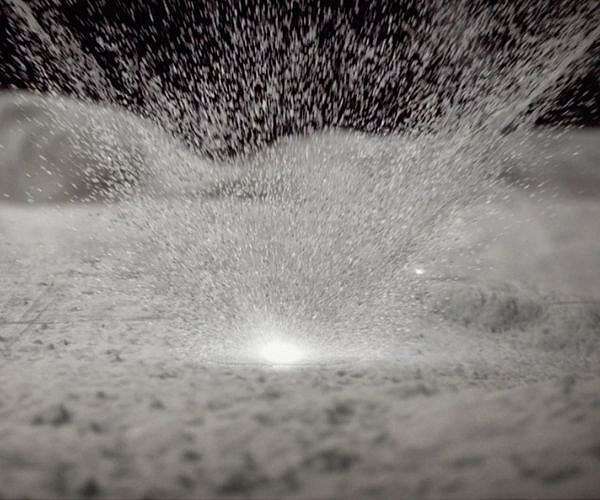9.07.2024

Scholars have revisited the anchor points and historical construction of lunar crater chronology. Initially, the stratification of the Moon's near side relied on remote sensing data from ground-based telescopes and lunar orbiters before lunar samples were returned. As illustrated in Fig. 1, six manned missions and four robotic missions have brought back various samples, including basalts and volcanic glass, from different lunar geological units. These samples, through their lithology and thermal history, have been radiometrically dated to interpret the exposure ages of geological units. However, uncertainties persist due to unclear sample origins and challenges in identifying crater groups. The mixed nature of the regolith complicates the geological relationship between samples and specific units.
Impact craters are crucial for estimating the model ages of lunar geological units and other solid bodies in the solar system. Scholars often fit mathematical functions to establish lunar crater chronology functions, which predict model ages of geological units on the Moon and other solar system bodies. These predictions are confirmed by samples returned from space missions. For instance, samples from the Chang'e-5 mission have validated age determination techniques based on crater statistics, supporting the current lunar crater chronology model.
The article outlines the primary consensus and findings on lunar impact flux. The lunar impact record began during the solidification phase of the lunar magma ocean. Early impacts left no clear records due to the continuous differentiation of the magma ocean. Post solidification around 4.46 billion years ago, lunar impact structures started being preserved. The unexpectedly high content of highly siderophile elements (HSEs) in the lunar mantle suggests continuous bombardment by chondritic meteorites, possibly due to a late veneer impact event.
Comparing crater densities between lunar highlands and maria indicates a late heavy bombardment event, with the impact flux significantly higher around 3.8 billion years ago. The South Pole-Aitken (SPA) basin, possibly one of the largest lunar impact structures, may have formed around 4.3 billion years ago, followed by the late heavy bombardment (LHB) period around 3.8 billion years ago, leading to significant geological and biochemical evolution on the Moon and terrestrial planets. Since around 3.8 billion years ago, the lunar impact flux has remained relatively stable with occasional peaks but no significant overall changes, crucial for understanding the evolution of the Moon and terrestrial planets.
The article also addresses main disagreements and progress in resolving the controversy over the impact flux around 3.8 billion years ago. The primary uncertainty in lunar impact flux arises from mismatches between radiometric ages and model ages predicted by crater chronology. This uncertainty mainly stems from imperfect calibration of radiometric ages and crater production statistical data, common for geological units older than approximately 3.92 billion years, with diameters greater than 300 kilometers or less than about 10 meters. Additional issues include unclear isotopic ages of returned samples, uncertain origins of early lunar impact events and orbital dynamics, and the possibility of the late veneer forming after the solidification of the magma ocean.
Early lunar impact history constrains the final stages of planetary formation, potentially related to the orbital dynamics of the entire solar system. The relationship between the lunar late mantle and late heavy bombardment events is uncertain, complicating the attribution of early geophysical and geochemical characteristics to specific geological contexts. Fig. 5 shows crater groups in the lunar highlands resembling modern main-belt asteroid impactors, suggesting the main asteroid belt as the primary source for lunar impacts before 3.8 billion years ago. However, the source and dynamics of early impactors remain uncertain and require further research.
Finally, the authors summarize current research and future directions in the context of planned sample returns. Techniques such as sample analysis, high-resolution geological mapping, geophysical surveys, and orbital dynamics modeling can reduce uncertainties related to unclear sample origins and challenges in deriving crater groups but have not fundamentally addressed the weak understanding of early meteorite impact processes. Currently, calibrating lunar impact flux based on sample and crater structure remains elusive.
However, with upcoming lunar exploration missions set to return more samples and remote sensing data, future research will prioritize sampling sites older than 3.92 billion years. This approach aims to connect planetary evolution and orbital dynamics, resolve early impact history, and further enhance understanding of lunar impact flux. Designing new exploration missions and research strategies is expected to advance calibrating lunar impact flux and elucidating early meteorite impact processes.
Quelle: SD
